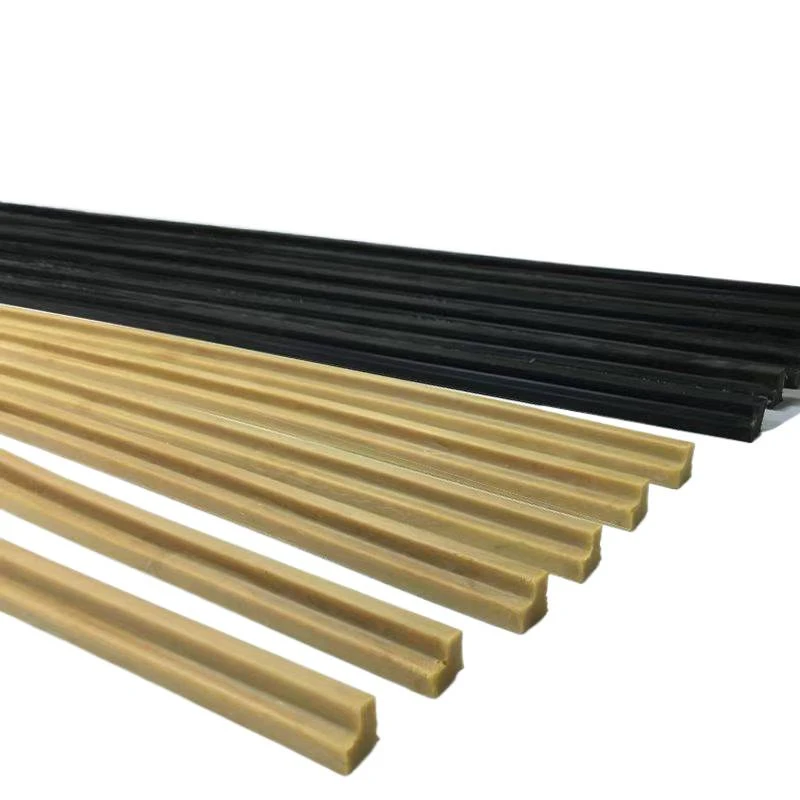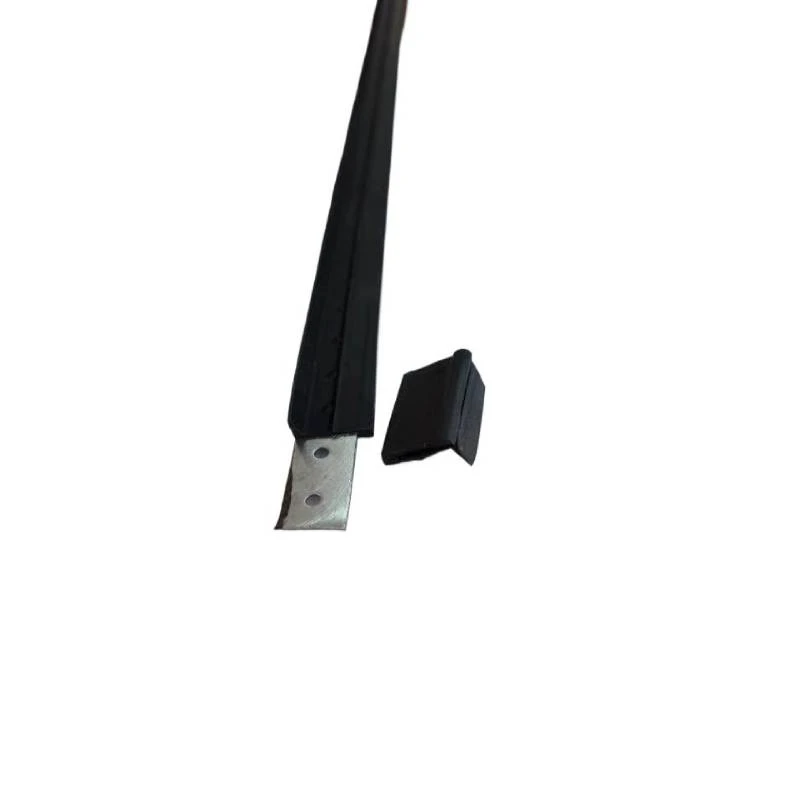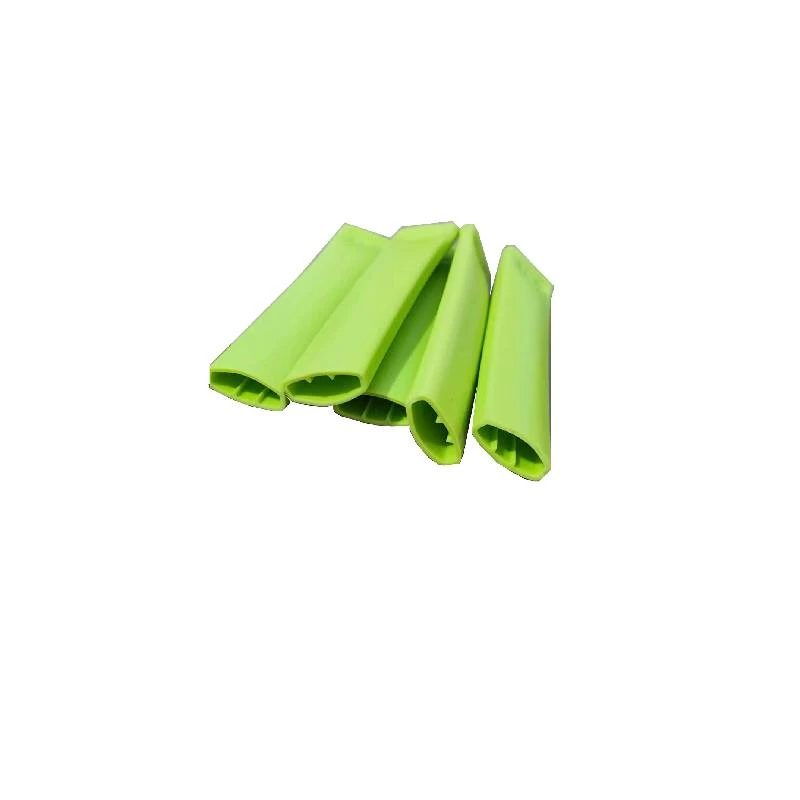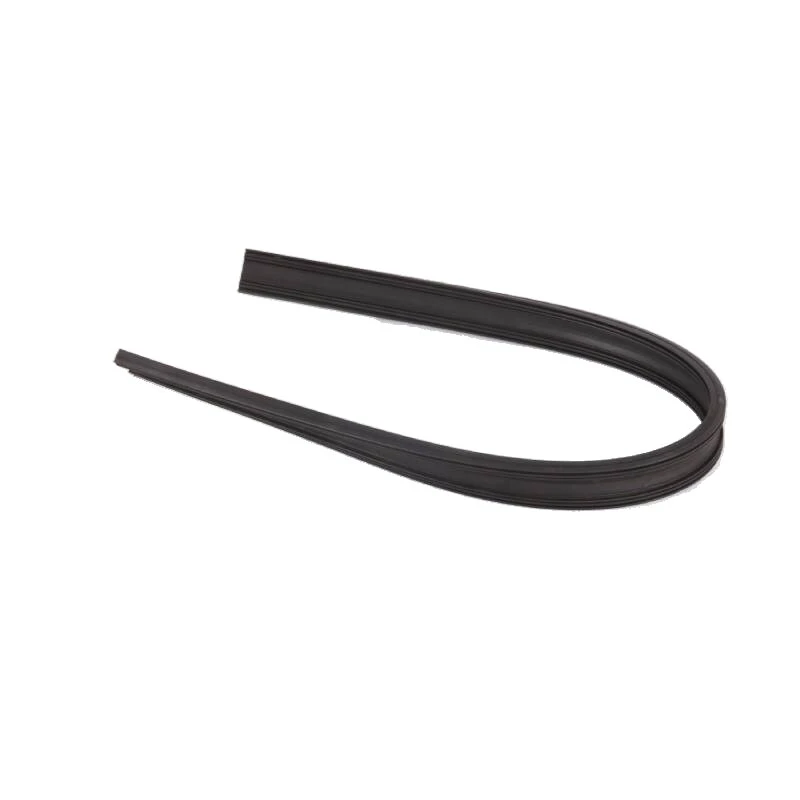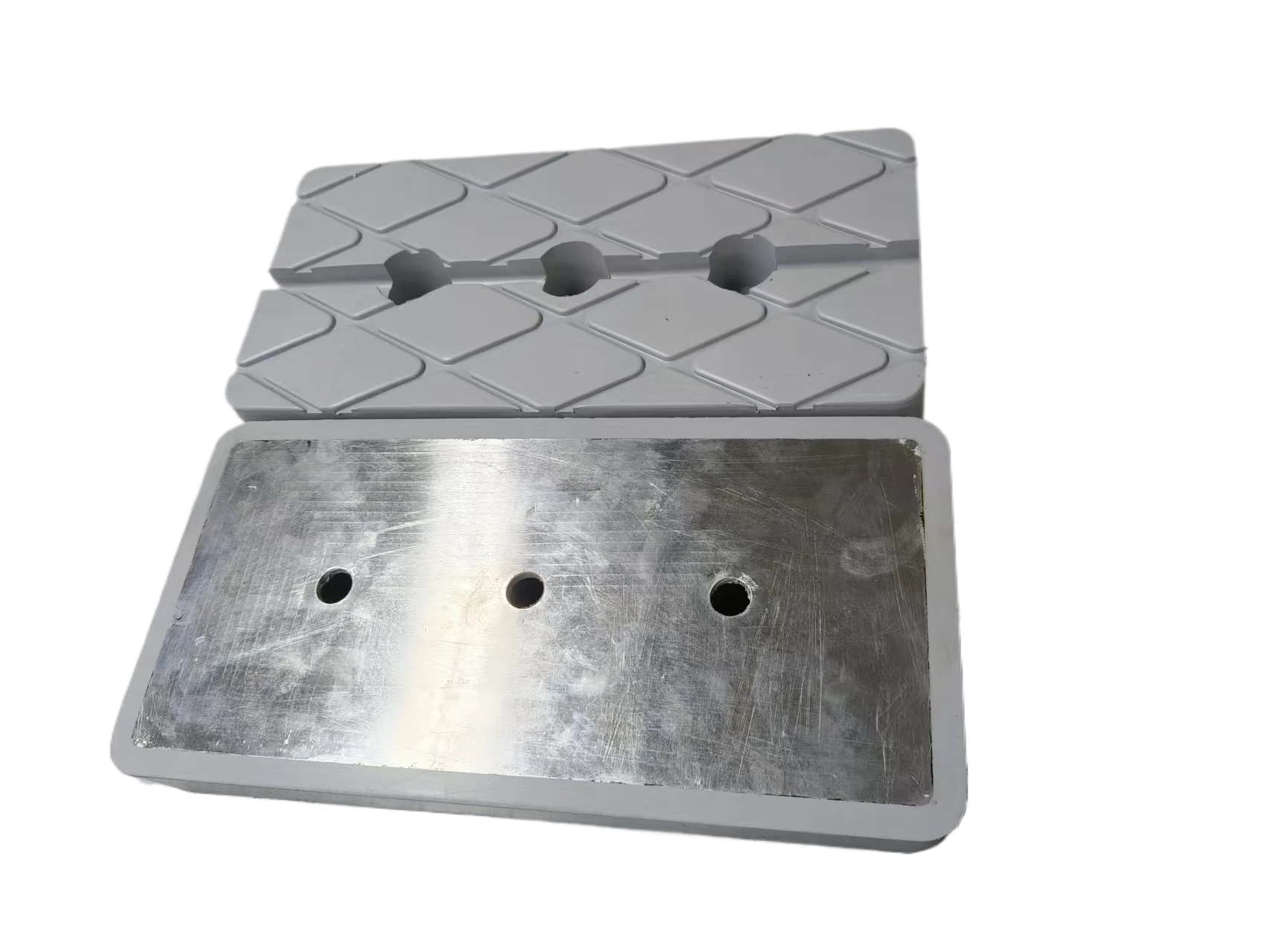
- Afrikaans
- Albanian
- Amharic
- Arabic
- Armenian
- Azerbaijani
- Basque
- Belarusian
- Bengali
- Bosnian
- Bulgarian
- Catalan
- Cebuano
- chinese_simplified
- chinese_traditional
- Corsican
- Croatian
- Czech
- Danish
- Dutch
- English
- Esperanto
- Estonian
- Finnish
- French
- Frisian
- Galician
- Georgian
- German
- Greek
- Gujarati
- haitian_creole
- hausa
- hawaiian
- Hebrew
- Hindi
- Miao
- Hungarian
- Icelandic
- igbo
- Indonesian
- irish
- Italian
- Japanese
- Javanese
- Kannada
- kazakh
- Khmer
- Rwandese
- Korean
- Kurdish
- Kyrgyz
- Lao
- Latin
- Latvian
- Lithuanian
- Luxembourgish
- Macedonian
- Malgashi
- Malay
- Malayalam
- Maltese
- Maori
- Marathi
- Mongolian
- Myanmar
- Nepali
- Norwegian
- Norwegian
- Occitan
- Pashto
- Persian
- Polish
- Portuguese
- Punjabi
- Romanian
- Russian
- Samoan
- scottish-gaelic
- Serbian
- Sesotho
- Shona
- Sindhi
- Sinhala
- Slovak
- Slovenian
- Somali
- Spanish
- Sundanese
- Swahili
- Swedish
- Tagalog
- Tajik
- Tamil
- Tatar
- Telugu
- Thai
- Turkish
- Turkmen
- Ukrainian
- Urdu
- Uighur
- Uzbek
- Vietnamese
- Welsh
- Bantu
- Yiddish
- Yoruba
- Zulu
Plastic Furniture Wheels: Durable & Cost-Efficient Mobility Solutions
Understanding Plastic Furniture Wheels: Mobility Meets Practicality
If you’ve ever moved a heavy cabinet, rolled a hospital bed, or rearranged your office layout, chances are you’ve relied on plastic furniture wheels. These small yet essential components dramatically improve mobility and ergonomics in countless settings — from homes to hospitals, offices, and factories. But why do plastic furniture wheels deserve attention beyond just “something that rolls”? Well, globally, their design impacts industrial efficiency, human comfort, and even sustainability goals as businesses and consumers alike seek better solutions.
Before diving into specs and applications, it’s worth grasping how these humble wheels shape so many industries. Whether it’s a hospital requiring smooth, sterile, and reliable wheels or a furniture manufacturer balancing cost with durability, understanding plastic furniture wheels means appreciating a key link in daily operations and product innovation.
The Global Context: Why Plastic Furniture Wheels Matter Today
Mobility and ergonomics are top priorities worldwide — from developed metropolises to emerging economies. According to the United Nations Sustainable Development Goals, improving industrial efficiency and safe working environments is essential. Plastic furniture wheels play a surprisingly pivotal role, facilitating efficient workplace layouts, aiding accessibility for people with disabilities, and driving cost savings in logistics.
Consider this: the global market for casters and wheels is expected to reach roughly $4 billion by 2027 (Source: IndustryARC). Plastic wheels dominate because they blend lightweight design with resistance to corrosion, noise reduction, and economic costs. Yet, challenges like wear resistance and load capacity push ongoing R&D.
What Are Plastic Furniture Wheels?
Simply put, plastic furniture wheels are round rolling devices primarily made from various polymers (nylon, polyurethane, polypropylene) designed to support and mobilize furniture or equipment. Unlike metal wheels, they provide quieter movement, reduced flooring damage, and often a lower cost. They connect to furniture bases with stems or plates, enabling smooth directional changes with minimal effort.
These wheels are intimately connected to modern industrial and humanitarian needs — relief organizations transporting medical equipment in crisis zones depend on lightweight, durable wheels. Offices worldwide want modular furniture that doesn’t scratch floors but easily rearranges as needs change. So, plastic wheels are not just “add-ons”; they're enablers.
Key Factors Behind Plastic Furniture Wheels’ Success
1. Durability and Load Capacity
The robustness of plastic furniture wheels varies widely by material and design. Polyurethane wheels, for example, provide a nice middle ground — they’re durable but softer on floors. For lighter office chairs, nylon wheels serve well but aren’t ideal for heavy industrial uses.
2. Mobility and Noise Reduction
Plastic wheels excel at minimizing noise, which matters in hospitals, libraries, and offices. Smooth rolling reduces vibration and effort, improving ergonomic comfort over the long haul.
3. Cost Efficiency
Compared to metal or rubber options, plastic wheels often represent a budget-friendly choice without sacrificing key functions. That’s why manufacturers and buyers keep returning to them for mass-produced or modular furniture.
4. Compatibility and Versatility
Plastic wheels come in countless sizes, attachment types, and styles — from swivel casters to fixed wheels — adapting to diverse furniture types and use cases.
5. Resistance to Corrosion and Chemicals
Unlike metal wheels, plastic versions resist rust and many chemicals, suitable for wet or sanitized environments.
Mini takeaway: Durability, smooth motion, cost, and adaptability make plastic furniture wheels a practical, versatile choice worldwide.
Practical Applications and Real-World Use Cases
The reach of plastic furniture wheels stretches widely:
- Healthcare: Mobile hospital beds, IV stands, and medical carts require sterile, smooth, and reliable wheels — plastic wheels’ corrosion resistance and noise dampening shine here.
- Office Environments: Office chairs, movable cubicle walls, and equipment carts maximize ergonomics and flexible layouts.
- Industrial Settings: Assembly lines, warehouses, and factories often use heavy-duty plastic wheels on trolleys and racks to simplify transport while resisting chemicals.
- Disaster Relief Operations: Lightweight plastic casters allow speedy deployment of mobile furniture and equipment, which is critical when infrastructure is damaged.
- Home Furniture: From rolling bookshelves to adjustable tables, plastic wheels balance style with function, often hidden but constantly working.
In regions like Europe and North America, strict regulations around noise and indoor air quality make plastic wheels preferable. Meanwhile, rapidly industrializing parts of Asia rely on cost-efficient plastic wheels for factory mobility solutions.
Advantages and Long-Term Value of Plastic Furniture Wheels
Why do so many manufacturers and consumers settle on plastic wheels? The long-term benefits are multifaceted:
- Cost Savings: Lower price points paired with reasonable durability translate to reduced replacement needs and upfront investments.
- Sustainability: Some manufacturers now use recycled plastics, pushing environmental footprints down — a response to growing eco-consciousness worldwide.
- Reliability and Safety: Smooth rolling wheels reduce accidents and workplace strain, promoting dignity and comfort.
- Noise Control: Plastic wheels help maintain quiet environments, enhancing productivity and calm.
- Product Innovation: Designers can experiment with colors, shapes, and materials to meet aesthetic and functional demands, improving user experience.
Emotionally speaking, choosing the right furniture wheels might seem trivial — till you realize moving that heavy cart silently and effortlessly can literally change your day.
Future Trends and Innovations Influencing Plastic Furniture Wheels
Looking ahead, the future of plastic furniture wheels is fairly exciting:
- Eco-Friendly Materials: Bio-based and recycled plastics promise wheels that reduce environmental impact without compromising performance.
- Smart Casters: Embedded sensors to monitor wear, load, or position — part of the digital transformation in industry.
- Improved Manufacturing: 3D printing and precision molding enhance customization possibilities at scale.
- Enhanced Durability: Advanced polymers are making the next-gen wheels more resistant to abrasion, temperature, and chemicals.
- Regulatory Support: International standards such as ISO 9001 quality certification ensure higher consistency and reliability.
Challenges in Plastic Furniture Wheels and How to Overcome Them
No product is perfect, of course. Despite their virtues, plastic furniture wheels face issues:
- Load Limitations: Plastic wheels generally can't support very heavy weights compared to steel wheels.
- Surface Damage: Cheaper plastic might mark or scuff certain floors.
- Wear and Tear: Environmental factors like UV light or chemicals can degrade plastics over time.
Solutions? Many engineers opt for hybrid wheels (plastic + rubber or metal parts) to boost performance. Regular maintenance and quality standards also extend life. Manufacturers increasingly test products against ISO standards and simulate real-world conditions before market release.
Plastic Furniture Wheels: Product Specification Table
| Specification | Standard Nylon Wheel | Polyurethane Wheel | Polypropylene Wheel |
|---|---|---|---|
| Load Capacity | 75 kg | 100 kg | 50 kg |
| Noise Level | Moderate | Low | Moderate |
| Resistance to Chemicals | Low | High | Moderate |
| Floor Compatibility | Hard floors | Carpet & hard floors | Hard floors |
| Typical Usage | Office chairs | Medical carts, heavy office furniture | Light furniture, indoor use |
Comparing Top Vendors of Plastic Furniture Wheels
| Vendor | Material Quality | Price Range | Customization | Lead Time |
|---|---|---|---|---|
| FYGasket | High - engineered plastics, ISO certified | Medium | Custom sizes, colors, mounting options | 2-4 weeks |
| CasterCorp | Medium - standard plastics | Low | Limited | 1-2 weeks |
| PolyWheels Ltd. | High - specialty polyurethanes | High | Custom engineering & prototyping | 4-6 weeks |
Frequently Asked Questions About Plastic Furniture Wheels
What are the key differences between plastic and metal furniture wheels?
Plastic wheels tend to be lighter, quieter, and more floor-friendly, making them ideal for indoor furniture and sensitive surfaces. Metal wheels support heavier loads and can withstand harsher environments but usually cost more and may damage floors.
How do I choose the right plastic wheel for my furniture?
Consider load capacity, floor type, noise levels, and mobility needs. For example, polyurethane wheels balance durability and noise reduction, while nylon is great for light furniture on hard floors. Also, check mounting styles for compatibility.
Are plastic furniture wheels eco-friendly?
Many manufacturers now use recycled plastics or bio-based polymers to reduce environmental impact. However, traditional plastic wheels may contribute to plastic waste if not recycled properly. Always ask about material sourcing.
Can plastic furniture wheels be used outdoors?
Generally, plastic wheels can work outdoors but may degrade faster due to UV exposure and rough terrain. For outdoor use, look for UV-resistant and heavy-duty options designed specifically for such conditions.
Where can I buy high-quality plastic furniture wheels?
You can explore options from specialized vendors like plastic furniture wheels suppliers who offer various sizes, materials, and custom orders to suit your projects or furniture manufacturing needs.
Conclusion: Rolling Into the Future with Plastic Furniture Wheels
Though often overlooked, plastic furniture wheels deliver a subtle but profound impact across industries, enhancing ergonomics, reducing costs, and supporting sustainability efforts. As innovations continue—from eco-friendly materials to smart sensors—these small components promise greater versatility and value.
So next time you push your office chair, wheel a medical cart, or move a shelf, you’re harnessing decades of design and engineering behind plastic furniture wheels. If you want to explore trusted, customizable solutions with excellent quality, feel free to visit our website. Mobility made simple, reliable, and practical.
References:
1. Wikipedia - Caster (wheel)
2. United Nations Sustainable Development Goals
3. ISO 9001 Quality Management
-
Plastic Pelton Wheel – Lightweight, Cost-Effective Hydropower SolutionsNewsNov.24,2025
-
Durable and Cost-Effective Plastic Sheave Wheels for Modern IndustryNewsNov.24,2025
-
Plastic Spoke Wheel – Lightweight, Durable Wheels for Global Mobility SolutionsNewsNov.24,2025
-
Plastic Stem Casters: Durable, Cost-Effective Mobility Solutions for Every IndustryNewsNov.24,2025
-
Plastic Wheel Roller: Durable, Lightweight Solutions for Modern IndustryNewsNov.24,2025
-
Plastic Wheelchair Wheels: Durable, Affordable Mobility Solutions WorldwideNewsNov.24,2025
-
Small Plastic Casters – Durable, Lightweight Wheels for Global MobilityNewsNov.24,2025



